In the intricate dance of machinery and motion, where countless parts work in seamless harmony, the slightest malfunction can bring everything to a halt. Modern vehicles, with their sophisticated electronics and complex systems, present a unique challenge when it comes to repair. In this enigmatic world, diagnostics emerge as the silent detective—unraveling clues hidden within circuits and sensors, pinpointing issues invisible to the naked eye. This article delves into the pivotal role diagnostics play in auto repair, exploring how they transform guesswork into precision, speed up troubleshooting, and ultimately keep our vehicles running smoothly on the road.
Table of Contents
- Understanding the Evolution of Diagnostic Technologies in Auto Repair
- How Accurate Diagnostics Enhance Repair Efficiency and Customer Trust
- Common Diagnostic Tools and Their Applications in Modern Vehicles
- Interpreting Diagnostic Data for Precise Problem Identification
- Integrating Diagnostics with Preventive Maintenance Strategies
- Best Practices for Training Technicians in Advanced Diagnostic Methods
- Q&A
- In Retrospect
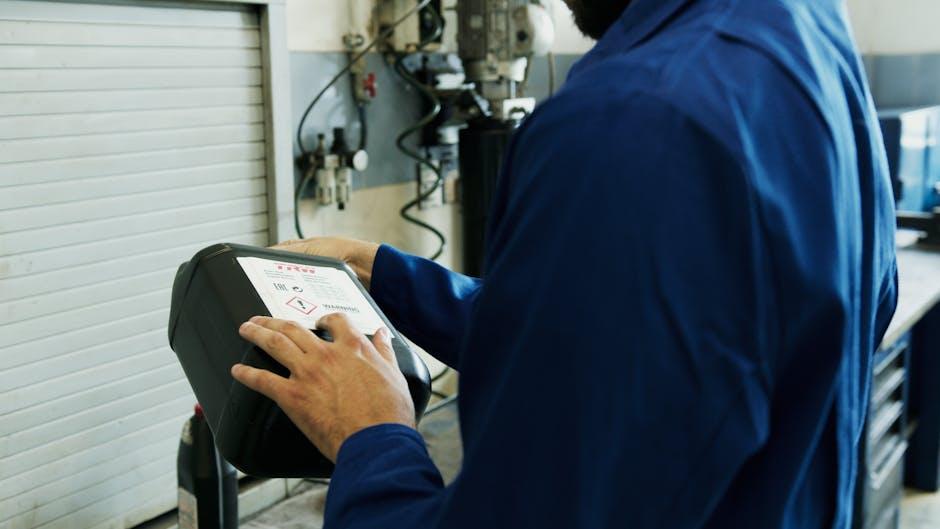
Understanding the Evolution of Diagnostic Technologies in Auto Repair
From the early days of manually inspecting each part to today’s sophisticated systems, diagnostic technologies have revolutionized the way mechanics approach auto repair. Initially, repairs relied heavily on visible symptoms and trial-and-error methods. The introduction of On-Board Diagnostics (OBD) systems in the 1980s marked a pivotal shift, enabling vehicles to communicate error codes directly to technicians. This advancement not only improved the accuracy of fault detection but also minimized repair times, ensuring vehicles returned to the road faster and with greater reliability.
Modern diagnostic tools encompass a variety of cutting-edge technologies beyond just OBD scanners. These include:
- Thermal imaging cameras to identify overheating components
- Wireless diagnostic devices that sync with smartphones for real-time updates
- Artificial Intelligence algorithms that predict potential failures before they occur
As a result, diagnostics have transformed from simple code readers into comprehensive systems that analyze vehicle health on multiple levels. The integration of these advanced tools guides mechanics through complex repair processes with efficiency, precision, and confidence.
| Diagnostic Era | Key Feature | Impact on Repair |
|---|---|---|
| Pre-1980s | Manual Inspection | Time-consuming, less accurate |
| 1980s-2000s | OBD Systems | Improved error detection, reduced diagnosis time |
| 2000s-Present | AI & Wireless Tools | Predictive maintenance, real-time monitoring |
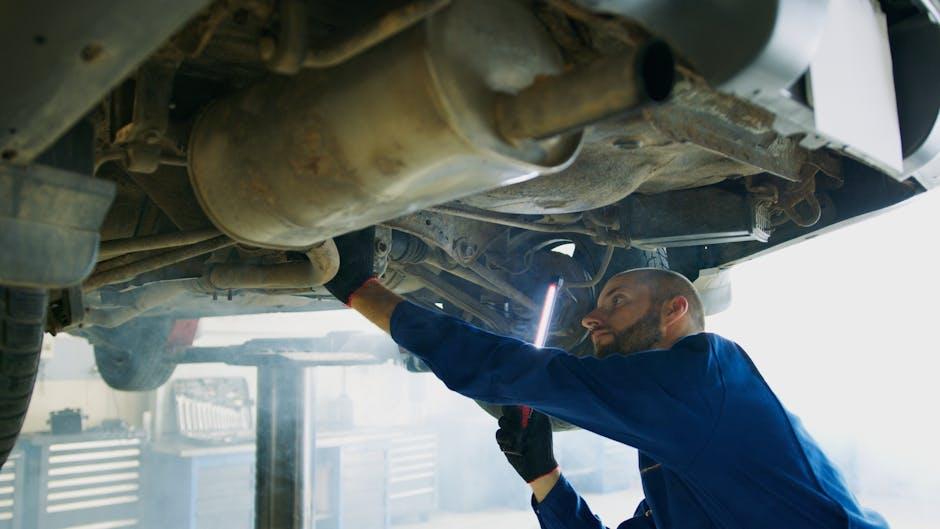
How Accurate Diagnostics Enhance Repair Efficiency and Customer Trust
Precise diagnostics serve as the foundation for efficient auto repairs by pinpointing the exact issues without unnecessary guesswork. Modern diagnostic tools offer detailed insights into a vehicle’s electronic systems, mechanical conditions, and performance irregularities. This accuracy allows technicians to focus directly on the root cause of a problem, significantly reducing repair time and minimizing the risk of additional damage. As a result, workshops can optimize their workflow, use parts and labor more judiciously, and improve overall turnaround times.
Customer confidence flourishes when auto repair shops rely on transparent and accurate diagnostics. Providing detailed diagnostic reports helps customers understand the nature of the problem and the necessary repairs, creating a basis for trust and informed decision-making. This transparency also reduces disputes and returns, fostering a positive reputation and repeat business. Together with faster repairs, this approach transforms the repair experience from stressful to reassuring.
- Quicker problem identification
- Targeted repair strategies
- Enhanced communication with customers
- Reduced waste and cost savings

Common Diagnostic Tools and Their Applications in Modern Vehicles
Modern vehicles rely heavily on an array of diagnostic tools to identify issues quickly and accurately, making auto repair more efficient than ever before. Among the most common tools used by technicians are OBD-II scanners, which interface directly with a vehicle’s computer system to read error codes and live data streams. These handy devices unlock a treasure trove of information, from engine troubles to transmission hiccups, enabling precise troubleshooting without unnecessary part replacements. Complementing the OBD-II scanner are multimeters for electrical diagnostics, and smoke machines that detect vacuum leaks hidden deep in the system, ensuring comprehensive coverage of potential fault sources.
- OBD-II Scanner: Decodes error codes, clears codes, monitors sensor data.
- Multimeter: Measures voltage, current, resistance for electrical components.
- Smoke Machine: Detects air and vacuum leaks through controlled smoke injection.
- Scan Tool Software: Provides deep diagnostics, live graphing, and module coding.
To illustrate the application scope of these diagnostic tools, the table below highlights common vehicle systems tested and the respective tools best suited for effective diagnosis. This tailored approach helps mechanics pinpoint problems rapidly, minimizing downtime and repair costs.
| Vehicle System | Diagnostic Tool | Typical Application |
|---|---|---|
| Engine Management | OBD-II Scanner | Reading fault codes, sensor data |
| Electrical System | Multimeter | Testing battery, alternator, wiring |
| Emissions Control | Smoke Machine | Detecting vacuum leaks |
| Body and Security Modules | Scan Tool Software | Programming keys, resetting alarms |
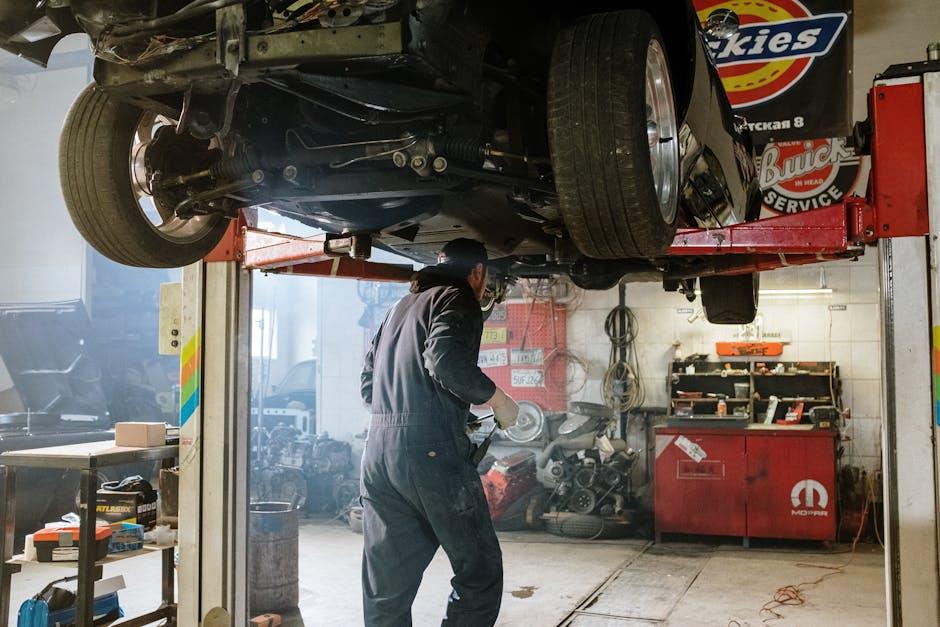
Interpreting Diagnostic Data for Precise Problem Identification
Understanding the complex language of diagnostic data is essential for mechanics striving to pinpoint issues with accuracy. Modern vehicles generate a vast array of data points through onboard computers, sensors, and error codes. Properly analyzing this information transforms a vague symptom into a clear, actionable insight. This meticulous examination helps professionals avoid unnecessary part replacements, saving both time and money for customers. Critical elements uncovered during data interpretation include fault codes, system voltages, and sensor outputs, which together create a detailed picture of the vehicle’s current health.
- Fault Code Analysis: Identifies specific trouble areas flagged by onboard diagnostics.
- Live Data Monitoring: Captures real-time engine and system performance metrics.
- Trend Examination: Detects intermittent issues by comparing historical data.
| Diagnostic Aspect | Purpose | Outcome |
|---|---|---|
| OBD-II Codes | Detect engine malfunctions | Precise identification of faulty components |
| Sensor Voltage | Monitor electrical signals | Assessment of sensor integrity and wiring |
| Live Engine Data | Track real-time parameters | Confirm operational performance under various conditions |
By synthesizing this data through an expert lens, technicians elevate the repair process from guesswork to science. This fusion of technology and experience empowers them to develop targeted repair strategies, ensuring the issue is not only diagnosed accurately but also resolved effectively. Ultimately, the skillful interpretation of diagnostic data fosters a transparent, trustworthy relationship between service providers and vehicle owners, underlining the crucial role diagnostics play in modern auto repair.
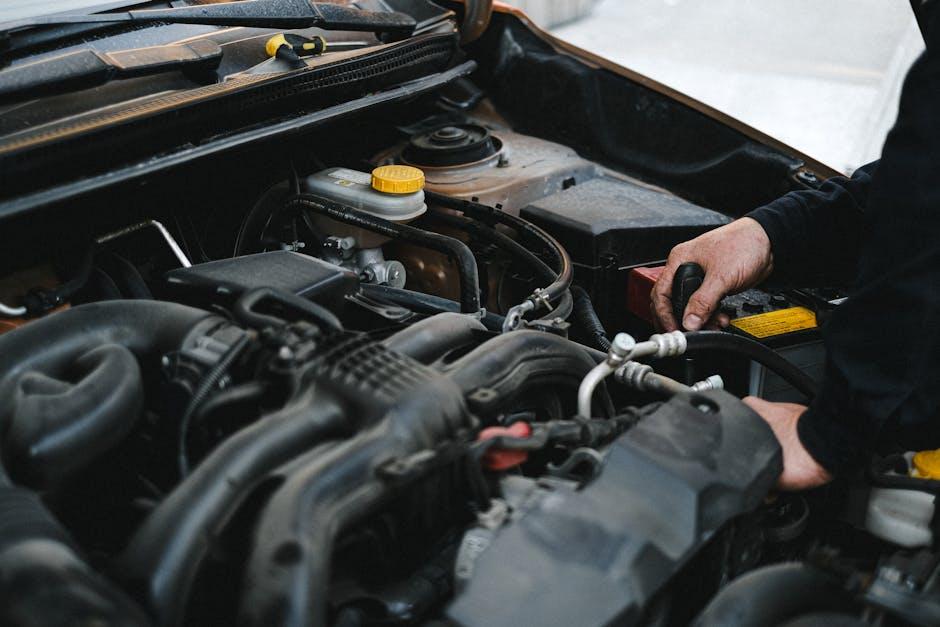
Integrating Diagnostics with Preventive Maintenance Strategies
By embedding diagnostic tools into preventive maintenance routines, auto repair professionals can proactively identify potential issues before they evolve into costly failures. This approach not only extends the lifespan of vehicle components but also enhances safety and reliability for drivers. Mechanics leverage data from onboard diagnostics to customize maintenance schedules, ensuring that oil changes, brake inspections, and fluid replacements are conducted precisely when needed rather than relying on generic time intervals.
The integration process often involves combining real-time sensor data with historical maintenance records, leading to more informed decisions. Leveraging this synergy, repair shops can focus resources where they matter most, reducing downtime and unnecessary part replacements. Below is a simplified representation of how diagnostics and maintenance interplay:
| Diagnostic Alert | Preventive Action | Benefit |
|---|---|---|
| Engine Misfire Code | Inspect/replace spark plugs | Improved engine performance |
| Brake Wear Sensor | Schedule pad replacement | Enhanced safety and response |
| Low Coolant Level | Top-up and check for leaks | Prevents engine overheating |
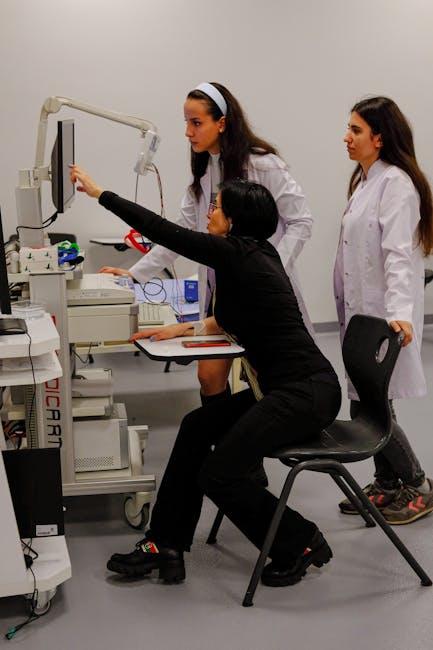
Best Practices for Training Technicians in Advanced Diagnostic Methods
Empowering technicians with cutting-edge diagnostic skills is essential to keep pace with ever-evolving automotive technologies. Training should focus on a combination of hands-on experience and theoretical knowledge, emphasizing real-world applications over rote memorization. Encouraging continuous learning through workshops, webinars, and certification programs not only sharpens diagnostic acumen but also fosters adaptability to emerging tools and software. Incorporating simulation-based scenarios allows technicians to encounter diverse vehicle issues in a controlled environment, boosting confidence and problem-solving capabilities.
Creating a structured yet flexible training roadmap can profoundly enhance technician effectiveness. Consider the following approaches as part of a comprehensive development strategy:
- Modular learning: Break down complex systems into manageable units focusing on specific diagnostic techniques.
- Peer collaboration: Promote knowledge sharing via group case studies and troubleshooting sessions to enrich perspectives.
- Progress tracking: Utilize digital platforms to monitor skill acquisition and identify areas for targeted improvement.
| Training Method | Benefit | Ideal Frequency |
|---|---|---|
| Hands-On Labs | Enhances practical skills | Monthly |
| Webinars | Keeps updated with new tech | Quarterly |
| Certification Programs | Validates expertise | Annually |
Q&A
Q&A: The Role of Diagnostics in Auto Repair
Q1: What exactly does “diagnostics” mean in the context of auto repair?
A1: Diagnostics refers to the process of identifying issues within a vehicle using specialized tools and technology. Think of it as a digital health checkup for your car—scanning for symptoms under the hood that aren’t always visible to the naked eye.
Q2: How has diagnostics changed the landscape of auto repair?
A2: Gone are the days when mechanics relied solely on intuition and manual inspection. Modern diagnostics allows for precise pinpointing of problems through onboard computers, reducing guesswork and making repairs faster and more accurate.
Q3: What types of diagnostic tools are commonly used today?
A3: The most common are OBD-II (On-Board Diagnostics) scanners which tap into the car’s computer systems to read error codes. More advanced diagnostics may include oscilloscopes, thermal cameras, and manufacturer-specific software that can dive deeper into specific systems.
Q4: Can diagnostics help prevent future breakdowns?
A4: Absolutely. Diagnostics aren’t just about fixing what’s broken now; they can detect early warning signs of wear or malfunction. This proactive approach helps drivers avoid costly repairs and improves overall vehicle longevity.
Q5: Does every auto repair shop use diagnostics technology?
A5: Most reputable shops do, as modern vehicles almost require it. However, the sophistication of tools can vary. Higher-end shops might have manufacturer-level diagnostic systems, while smaller shops may use generic scanners.
Q6: Are diagnostics tools reliable, or can they give false readings?
A6: While highly reliable, diagnostics tools depend on proper use and accurate interpretation. Sometimes error codes can be ambiguous or related to secondary issues, so an experienced technician’s insight remains essential.
Q7: How does diagnostics improve customer experience?
A7: It streamlines communication—customers get clear explanations of what’s wrong backed by data. This transparency builds trust and often results in quicker repair times since the root issue is identified upfront.
Q8: Is it possible for car owners to perform their own diagnostics?
A8: Yes! Many consumer-grade OBD-II scanners are available for enthusiasts or curious owners. While they can provide useful information, professional mechanics have the tools and training to interpret complex issues accurately.
Q9: What role do diagnostics play in the future of auto repair?
A9: Diagnostics will only become more integral as vehicles get more sophisticated, especially with electric and autonomous technologies. Predictive diagnostics and AI-powered tools will revolutionize how repairs are detected and performed.
Q10: In summary, why is diagnostics so important in auto repair?
A10: Diagnostics act as the eyes and ears inside your vehicle’s complex systems, enabling precise identification of issues, reducing repair times, preventing future breakdowns, and fostering better communication between mechanics and car owners. It’s the bridge between mechanical art and digital science in modern auto repair.
In Retrospect
In the intricate dance of gears and circuits that define modern vehicles, diagnostics serve as the keen eyes and thoughtful minds behind every repair. They bridge the gap between mystery and understanding, transforming vague symptoms into clear solutions. As technology advances and cars become ever more complex, the role of diagnostics will only deepen, guiding mechanics with precision and confidence. Ultimately, diagnostics don’t just fix problems—they pave the way for safer journeys and smoother rides, ensuring that every vehicle’s story continues without interruption.
